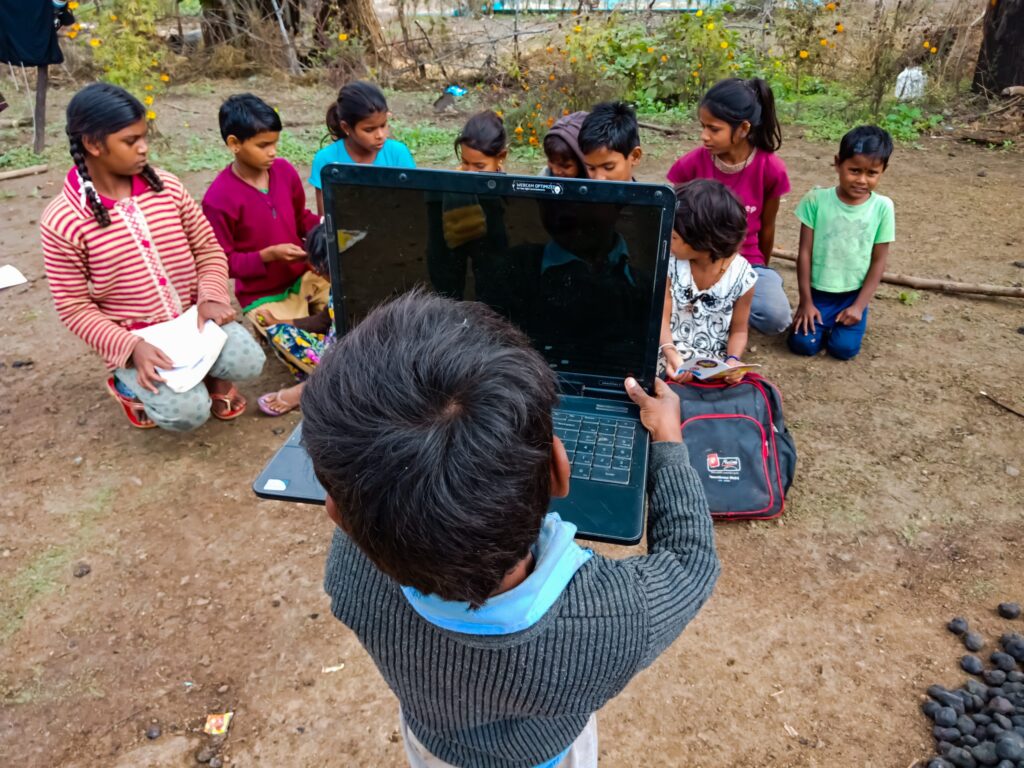In an era dominated by technology, the digital divide has emerged as a formidable barrier, particularly in underprivileged communities where access to digital resources remains unequal.
In this blog of Fikrah, we came to know that – Addressing educational inequality necessitates tackling this gap and ensuring that every child, regardless of their socio-economic background, has the tools to thrive in the digital age.
1. The Digital Abyss in Education
The digital divide in education exacerbates existing inequalities, denying underprivileged students access to the vast educational resources available online. While digital learning has become a cornerstone of modern education, many students from disadvantaged backgrounds lack the necessary devices. Such as internet connectivity, and digital literacy skills, placing them at a significant disadvantage.
2. Access to Devices and Connectivity
One key aspect of addressing the digital divide is ensuring that students have access to the requisite devices and reliable internet connectivity. Lack of access to laptops, tablets, or computers hinders a student’s abilities. Such as engaging in online learning and participating in the digital educational landscape. Bridging this gap is a critical step toward fostering equal educational opportunities.
3. Digital Literacy: Empowering Through Knowledge
Beyond access, digital literacy is a crucial component in addressing educational inequality. Many underprivileged students may lack the skills to navigate digital platforms, limiting their ability to leverage online resources effectively. Implementing programs that focus on digital literacy empowers students to confidently engage with digital tools. Thus enhancing their overall educational experience.
4. Inclusive Curriculum Design
Ensuring that educational content is designed with inclusivity in mind is paramount. A curriculum that embraces diverse learning styles, accommodates varying levels of digital access and integrates technology as a learning tool can help bridge the educational gap. Inclusive curriculum design promotes an environment where every student, regardless of their digital resources, can participate and succeed.
5. Community Initiatives and Partnerships
Addressing the digital divide requires collective efforts from communities, educational institutions, and governmental bodies. Community initiatives that provide access to digital resources, such as communal computer labs or Wi-Fi zones, can significantly impact underprivileged students. Collaborative partnerships between schools, businesses, and government agencies can amplify the impact of digital inclusion efforts.
Click here to know more about “Digital Poverty and Education Inequality”
CONCLUSION
Addressing educational inequality in underprivileged communities through digital inclusion is not just a matter of access; it is imperative for creating a level playing field. We can bridge the digital gap and empower every student to unlock their full educational potential. By ensuring equitable access to devices, fostering digital literacy, designing inclusive curricula, and promoting community initiatives. As we strive for a future where every child has equal opportunities, digital inclusion becomes a cornerstone in dismantling barriers and building a more equitable educational landscape.

